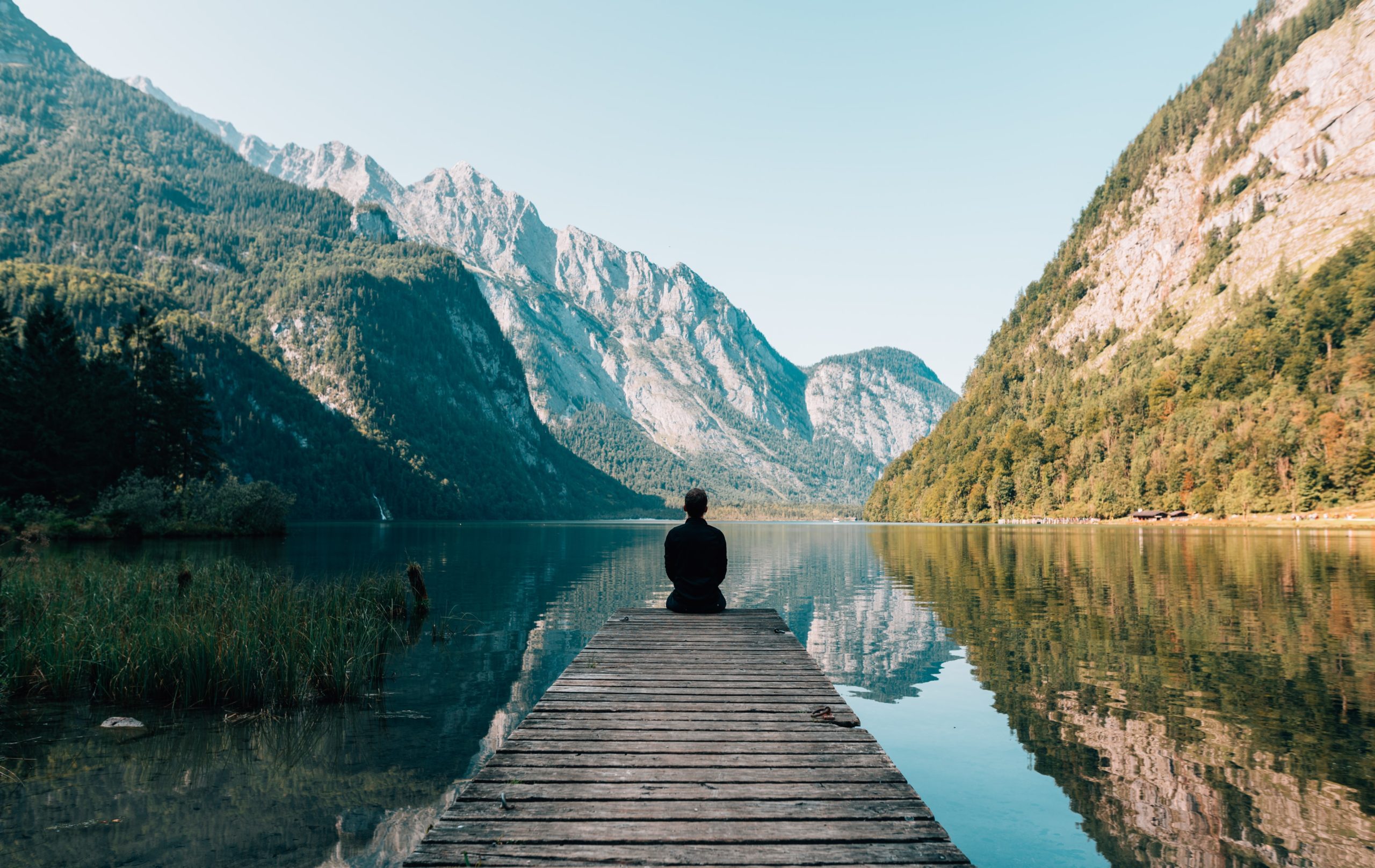Asian Culinary Excellence Cooking Class Essentials

Asian Food Cooking Class: Exploring the Culinary Delights
Sub Heading: Introduction to Asian Cuisine
Embark on a culinary adventure through the vibrant and diverse flavors of Asia. Asian cuisine is renowned for its bold spices, aromatic herbs, and intricate flavors, offering a tantalizing experience for the palate. Whether you’re a novice cook or a seasoned food enthusiast, an Asian food cooking class is the perfect opportunity to delve into the rich culinary traditions of the East.
Sub Heading: Learning the Basics
In an Asian food cooking class, participants are introduced to the fundamental techniques and ingredients that define Asian cuisine. From mastering the art of stir-frying to perfecting the delicate balance of sweet and savory flavors, students learn the essential skills needed to create authentic Asian dishes. Under the guidance of experienced instructors, participants gain hands-on experience in preparing a variety of Asian delicacies.
Sub Heading: Exploring Regional Cuisines
Asia is a vast continent with a diverse array of culinary traditions, each influenced by unique regional ingredients and cooking styles. In an Asian food cooking class, students have the opportunity to explore the cuisines of countries such as China, Japan, Thailand, Vietnam, and Korea. From savory Chinese stir-fries to delicate Japanese sushi rolls, participants gain insight into the cultural heritage and culinary techniques that define each region’s cuisine.
Sub Heading: Embracing Fresh Ingredients
One of the hallmarks of Asian cuisine is its emphasis on fresh, seasonal ingredients. In an Asian food cooking class, students learn the importance of sourcing high-quality produce, meats, and seafood, as well as how to properly prepare and cook these ingredients to preserve their natural flavors and textures. From crisp vegetables to succulent meats, participants discover the joy of working with fresh, locally sourced ingredients.
Sub Heading: Mastering Flavorful Techniques
Asian cooking is renowned for its bold and complex flavors, which are achieved through a combination of spices, herbs, and aromatic ingredients. In an Asian food cooking class, students learn how to harness the power of ingredients such as ginger, garlic, chili peppers, and lemongrass to create dishes that are bursting with flavor. From mastering the art of seasoning to learning how to balance sweet, sour, salty, and spicy flavors, participants gain the skills needed to create authentic Asian dishes that are sure to impress.
Sub Heading: Cultivating Creativity
While traditional recipes serve as a foundation, Asian cuisine also encourages creativity and experimentation in the kitchen. In an Asian food cooking class, students are encouraged to put their own spin on classic dishes, using their creativity to adapt recipes to suit their tastes and preferences. From adding a personal twist to a stir-fry recipe to experimenting with new flavor combinations in a noodle dish, participants are empowered to explore their culinary creativity and express themselves through food.
Sub Heading: Building Confidence in the Kitchen
For many participants, an Asian food cooking class is not just an opportunity to learn new recipes and techniques, but also a chance to gain confidence in the kitchen. Whether you’re a







